High-risk sector has potential
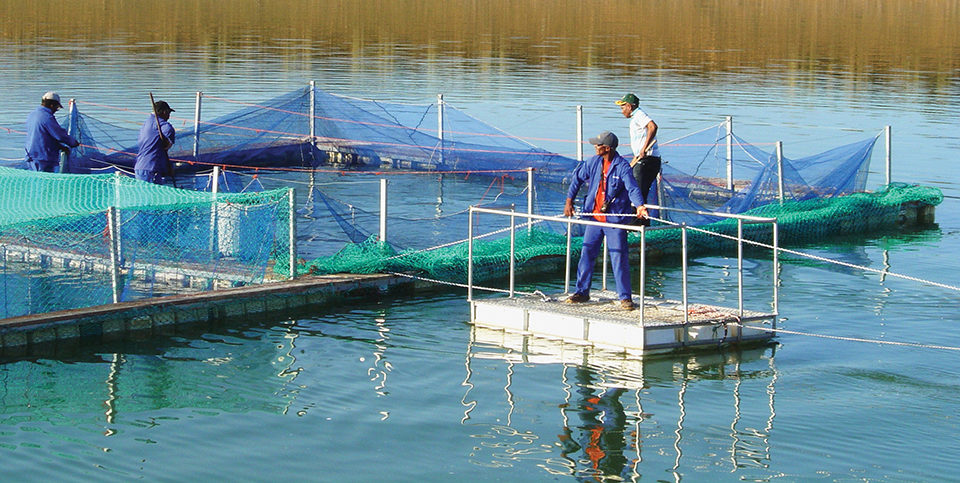
Expanding local markets work with ecotourism
The trout sector has to a large extent pioneered aquaculture development in South Africa, and trout is currently the most commonly grown freshwater fish species in the region. Trout were introduced into South Africa for sport fishery purposes in the 1880s, but commercial production started in the 1960s. Today, trout farming is a well-established industry that is assisting in providing key services and technology to other developing aquaculture sectors in South Africa.
Two types of trout are produced in South Africa: brown trout (Salmo trutta) and rainbow trout (Onchorhynchus mykiss). Introduced first, brown trout mainly serve the interests of the recreational fishing industry. Rainbow trout followed soon after and were introduced throughout many freshwater lakes and rivers in South Africa.
Production
South Africa produced approximately 1,800 metric tons (MT) of trout in 2008, with a farm gate value of 63 million rand (R), about U.S. $8.7 million, and a unit value of R 35/kg ($4.82/kg). The main areas of production were Mpumalanga (700 MT from 14 farms), Western Cape (550 MT from 14 farms), Kwa-Zulu Natal (200 MT from four farms), Eastern Cape (50 MT from three farms) and Lesotho (300 MT). The Western Cape and Lesotho focus mainly on the production of trout larger than 1 kg in size, with the other provinces producing mainly plate-size trout.
Service providers such as feed suppliers, hatchery services, equipment suppliers, veterinary services and processors are well represented in Mpumalanga and the Western Cape. The trout sector is represented by the Western Cape Trout Producers organization and the Mpumalanga Trout Producers Forum.
Trout are sold in a variety of forms, including whole gilled and gutted fish, smoked fish and fillets, as well as live fish for supplying the sport fishery sector. Marketable sizes range from 230- to 450-gram plate-size fish and upward. Trout in South Africa generally reach a market size of about 1 kg in 16 months.
Production costs are generally higher than in Europe due to less favorable economies of scale. Fluctuation in the value of the rand and cyclical oversupplies on world markets often affect the local industry in terms of competition from substitute products such as imported Pacific and Atlantic salmon. The sector does, however, manage to maintain stability and competitiveness, particularly with regard to value-added products.
Sport fishing, ecotourism
The sport fishery and related ecotourism industries have developed into an important sector that provides an important economic contribution to the rural areas of Kwa-Zulu Natal, Eastern Cape and Mpumalanga. The commercial trout farms in South Africa include the Hands-On Fish Farmers Co-op that consists of 35 small-scale production units. The trout sector provides an estimated total of 220 direct jobs on the level of production, with a further 280 indirect jobs involved in processing.
Processing, marketing
Trout lend themselves to the production of a wide range of value-added products. There are eight specialist processors of trout products in South Africa, with the top three processing approximately 90 percent of the total production.
The total trout production is marketed almost exclusively in South Africa, with markets mainly in the hospitality and retail industries in the larger urban areas, especially Gauteng, Cape Town and Durban. Approximately 60 to 70 percent is sold in the foodservice sector, and 30 to 40 percent goes to the retail sector. Direct sales to local markets also play an important role in terms of marketing.
The local demand for trout is greater than the local supply, so production is market driven at this stage. The local market was approximately 2,000 MT per year in 2008 with a predicted 2 to 3 percent annual future growth rate. Frozen headed and gutted rainbow trout are imported mainly from Blue Marine in Chile to supply shortfalls in local markets.
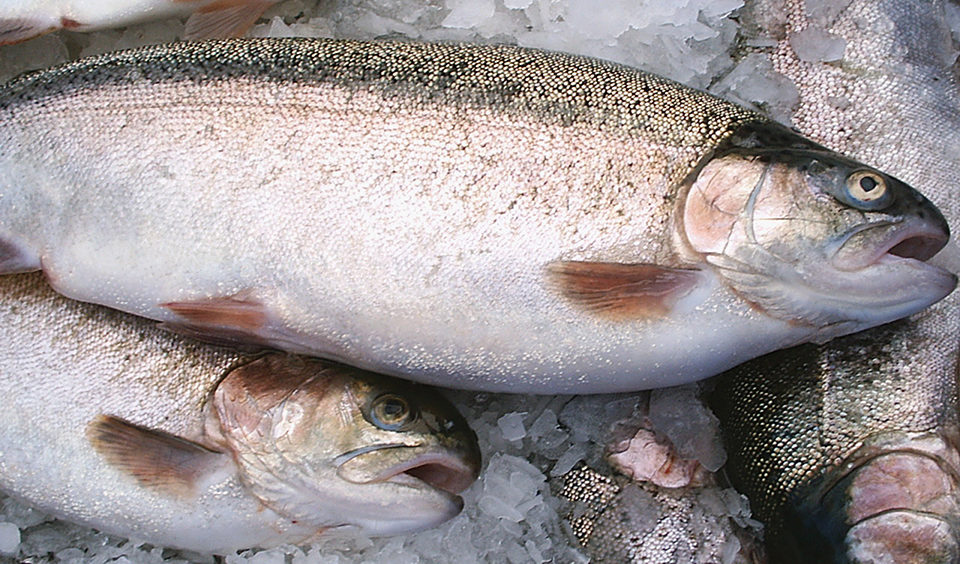
Challenges, opportunities
The main challenges that restrict growth in the local trout sector are seasonally limited freshwater resources and unfavorable environmental conditions. Constrained supplies of fingerlings and feed, and high feed and transportation costs with limited access to financing also slow industry growth. In addition, biodiversity legislation restricts movement and farming areas.
Most areas of South Africa experience high summer temperatures exacerbated by global warming that have negative effects on trout production. Poor water quality and water temperatures of 25 degrees-C are responsible for disease outbreaks and high mortalities, particularly in the late summer months of February and March. Better control over environmental conditions, such as with recirculation systems, is required, particularly with regard to trout hatcheries.
The costs of recirculation technology are often thought prohibitively expensive, and a lack of development funding further jeopardizes access to these technologies. New biodiversity zoning regulations will also restrict the development of the trout industry in South Africa.
In a mapping exercise in progress, the country would be divided into different regions where trout farming would be allowed by licenses in the future. Good-quality extruded trout feeds are available on the local market, but prices are high and result in very high production costs.
Opportunities do exist in the market, where there is room for potential expansion. The local trout market maintains a relationship with the tourism industry, and if the tourism industry keeps growing as it did in the last couple of years, this will be promising for the trout market.
With the Fédération Internationale de Football Association world cup soccer tournament to take place in South Africa in 2010, the country is expecting almost 1 million football supporters to visit its shores from around the world. This will increase the demand for trout rapidly but only for a short period. Market prices for rainbow trout are now relatively high compared to other parts of the world. Trout farmers currently get in the region of R 35/kg ($4.64/kg), excluding the value-added tax for trout in the round form this season.
Positive future
As long as its challenges are addressed, trout farming in South Africa faces a positive future because of the stable prices and growth in the local market demand. It will always be a high-risk sector, but with ideal site location, good operational management and feed-conversion ratios of less than 1:1.5, it is a tempting investment to consider.
(Editor’s Note: This article was originally published in the November/December 2009 print edition of the Global Aquaculture Advocate.)
Now that you've reached the end of the article ...
… please consider supporting GSA’s mission to advance responsible seafood practices through education, advocacy and third-party assurances. The Advocate aims to document the evolution of responsible seafood practices and share the expansive knowledge of our vast network of contributors.
By becoming a Global Seafood Alliance member, you’re ensuring that all of the pre-competitive work we do through member benefits, resources and events can continue. Individual membership costs just $50 a year.
Not a GSA member? Join us.
Authors
-
Henk Stander
Division of Aquaculture
University of Stellenbosch
Private Bag X1
Matieland 7602 South Africa -
Dr. Danie Brink
Division of Aquaculture
University of Stellenbosch
Private Bag X1
Matieland 7602 South Africa
Tagged With
Related Posts
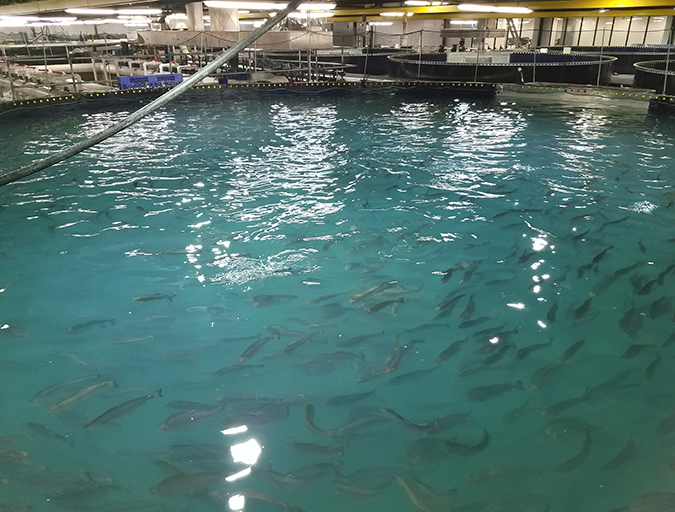
Intelligence
A land grab for salmon (and shrimp) in upstate New York
The operators of Hudson Valley Fish Farm see their inland locale as a pilot to prove that land-based fish farming, located in close proximity to major metropolitan markets, can be successful.
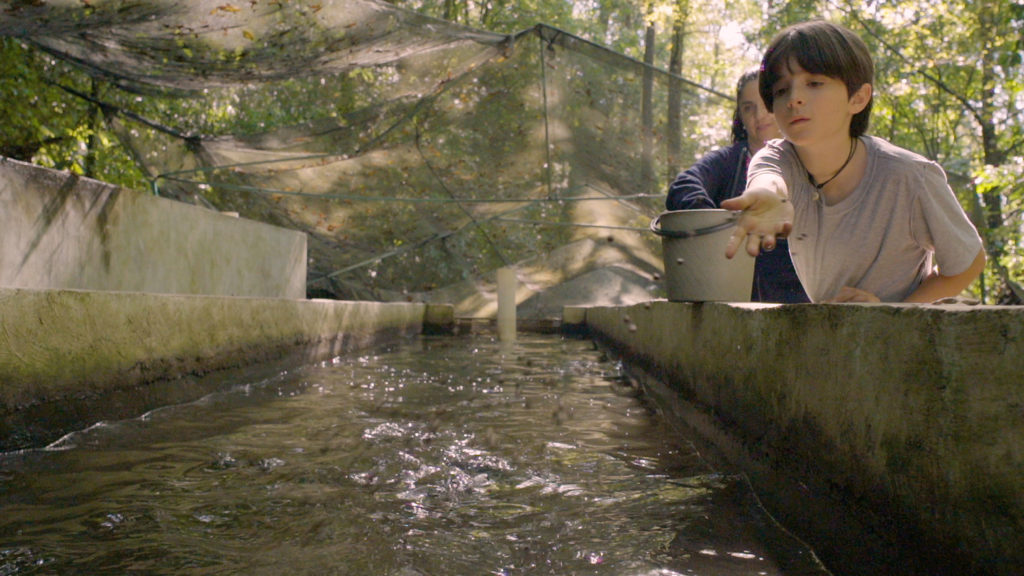
Intelligence
A motive, and a market, for farmed fish in Mexico
Boasting ample areas for aquaculture and a robust domestic demand for seafood – not to mention its close proximity to the U.S. market – a land of opportunity lies in Mexico. Fish farming is primed to meet its potential south of the border.
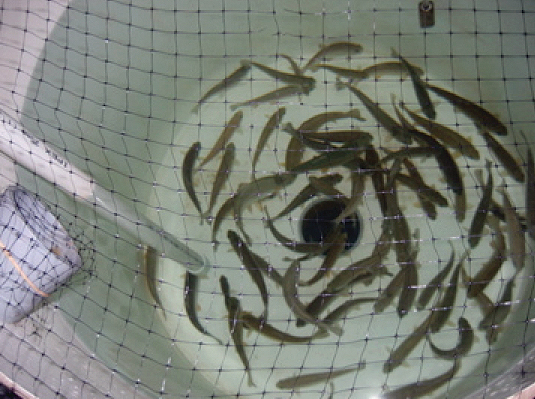
Health & Welfare
Algae shows promise as alternative DHA source in rainbow trout diets
A growth trial in Canada evaluated the use of algae biomass to increase the concentration of long-chain polyunsaturated fatty acids in the tissues of rainbow trout.
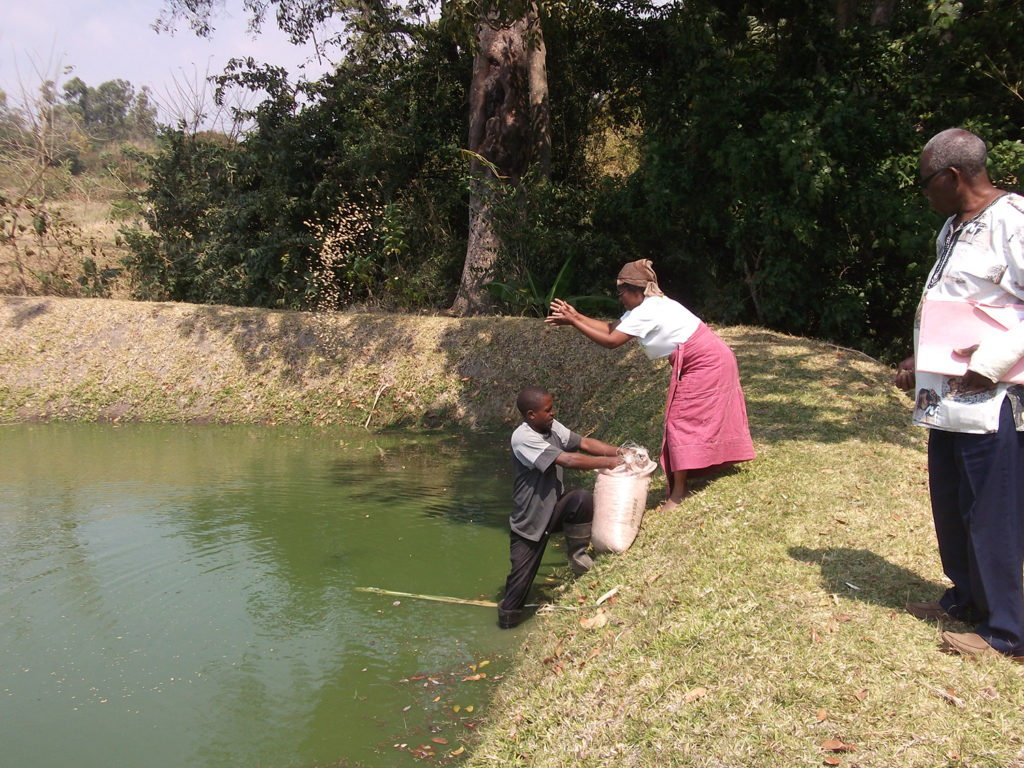
Innovation & Investment
Investing in Africa’s aquaculture future, part 1
What is the future that Africa wants? Views on how to grow aquaculture on the continent vary widely, but no one disputes the notion that food security, food safety, income generation and job creation all stand to benefit.


